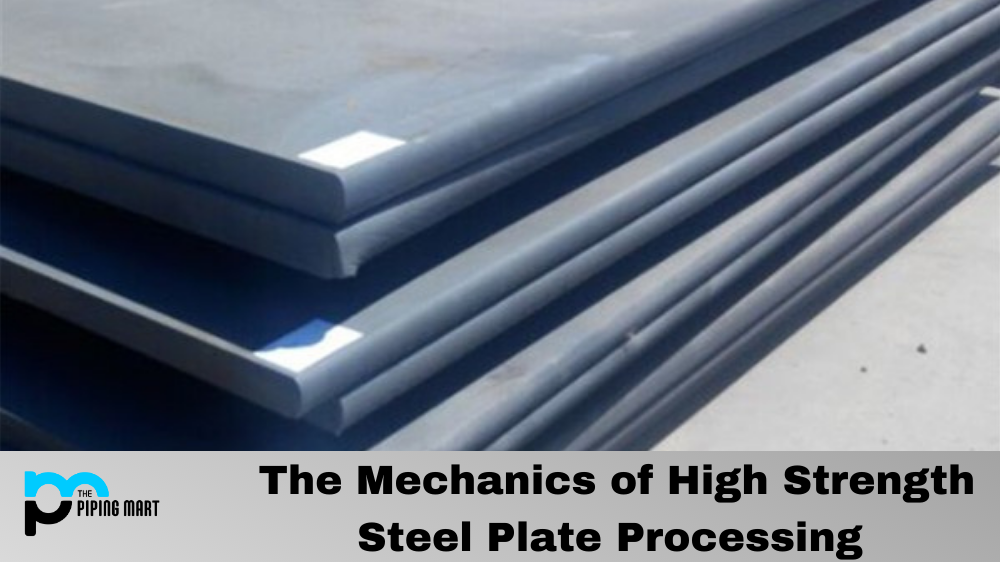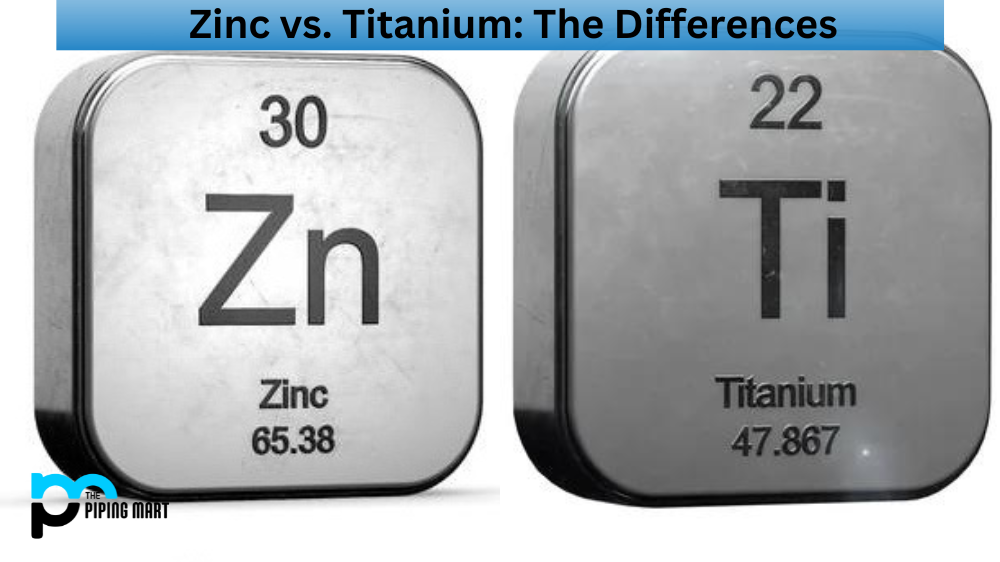If you work with metals, it’s important to know the difference between alloy 400 and 316 stainless steel. Both are strong and durable, but they have different compositions and applications. Here’s a quick rundown of the key differences between these two types of steel
Alloy 400 is a nickel-copper alloy that offers excellent corrosion resistance. It’s often used in marine environments, chemical processing, and nuclear power plants. 316 stainless steel is an austenitic chromium-nickel alloy that also offers good corrosion resistance. It’s typically used in food processing and pharmaceutical industries.
Both alloy 400 and 316 stainless steel are non-magnetic. However, 316 stainless steel can become slightly magnetic when it’s cold worked. This is due to the formation of martensite, which is a type of iron-carbon brittle microstructure.
Alloy 400 has a higher melting point than 316 stainless steel. It can withstand temperatures up to 1400 degrees Celsius. 316 stainless steel, on the other hand, has a maximum temperature tolerance of 850 degrees Celsius.
When it comes to applications, alloy 400 is often used for saltwater service, valves, fittings, pumps, and heat exchangers.316 stainless steel is often used for food processing equipment, surgical instruments, chemical storage tanks, and pressure vessels.
Difference Between Alloy 400 and 316 Stainless Steel
Chemical Composition
One of the primary differences between Alloy 400 and 316 stainless steel is their chemical composition. Alloy 400 contains nickel, copper, and chromium, while 316 stainless steel contains molybdenum in addition to nickel, copper, and chromium.
Mechanical Properties
Alloy 400 and 316 stainless steel also differ in their mechanical properties. Alloy 400 is softer and more easily formed than 316 stainless steel. Additionally, Alloy 400 has a lower yield strength than 316 stainless steel, meaning it is less resistant to deformation under stress.
Corrosion Resistance
Both Alloy 400 and 316 stainless steel offers excellent corrosion resistance. However, 316 stainless steel is more resistant to corrosion than Alloy 400 due to the addition of molybdenum. Additionally, 316 stainless steel is non-magnetic, while Alloy 400 is slightly magnetic.
Temperature Resistance
Alloy 400 has a higher melting point than 316 stainless steel, meaning it can withstand higher temperatures before beginning to degrade. Additionally, Alloy 400 is less likely to become embrittled at low temperatures than 316 stainless steel.
Applications
Due to their differences in chemical composition and mechanical properties, Alloy 400 and 316 stainless steel are used in different applications. Alloy 400 is often used in marine environments due to its resistance to corrosion, while 316 stainless steel is commonly used in food processing and medical devices due to its non-magnetic properties and resistance to corrosion.
Conclusion:
Both alloy 400 and 316 stainless steel are strong and durable materials that offer excellent corrosion resistance. However, they have different compositions and applications. Knowing the key differences between these two types of steel will help you choose the right material for your next project.

Abhishek is a seasoned blogger and industry expert, sharing his insights and knowledge on various topics. With his research, Abhishek offers valuable insights and tips for professionals and enthusiasts. Follow him for expert advice on the latest trends and developments in the metal industry.




